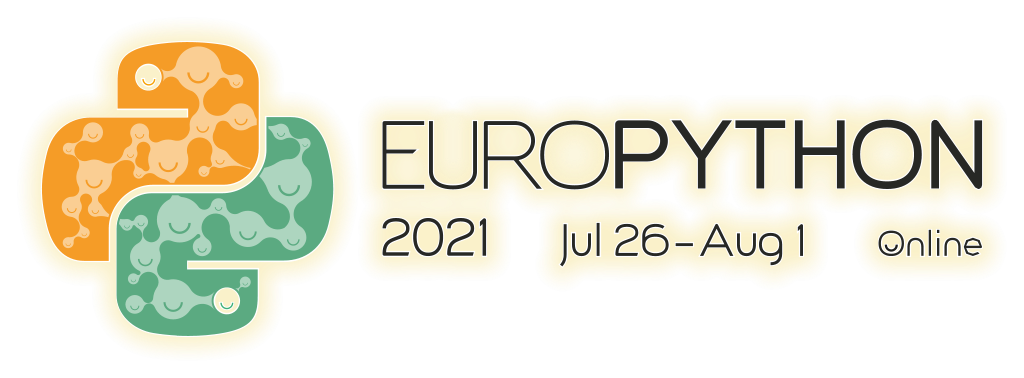Public Material
Data Science and Machine Learning
S2DS Podcast Interview 2024-10-25
I’m now officially on Spotify!*
Kelly Vanroy from the Science to Data Science bootcamp chatted with me about my journey from academia to the private sector and my decade of experience as a data scientist.
The 40-minute episode was recorded on October 25th 2024 and released on 2025-03-19.
Listen here or on Spotify:
*or on Apple Podcast
Medium / Towards Data Science Writer (2024-)
![]()

As of August 2024 I’ve started to craft technical articles on my Medium page. The main theme so far is statistics and application in data science and machine learning. For the keen I recommend start with these and see links within:
-
➡️ Start Asking Your Data “Why?” — A Gentle Intro To Causality: A beginner’s guide to thinking beyond correlations.
-
🚅 Information Theory for People in a Hurry: A quick guide to Entropy, Cross-Entropy and KL Divergence. Python code provided. 🐍
-
🚪🚪🐐 Lessons in Decision Making from the Monty Hall Problem: A journey into three intuitions: Common, Bayesian and Causal.
Public Talks



🧠🧹 Causality — Mental Hygiene for Data Science
Presented in:
- PyData Global: 2024-12-04
➡️ Start Asking Your Data “Why?” — A Gentle Intro To Causality
Presented in:
- Royal Statistical Society International Conference 2024-10-05
- PyData Global: 2021-10-28, 2022-12-01
- EuroPython: 2021-07-29
- Data Idols Summer 2022-08-02
🛑 Don’t Stop ‘til You Get Enough - Hypothesis Testing Stop Criterion with “Precision Is The Goal”
Presented in:
- Royal Statistical Society International Conference 2024-10-05 (poster format)
- PyData London 2022-07-19
- PyData Global 2021-12-02
Slides:
Poster:
Cosmology
As an academic researcher I’ve published five peer-reviewed articles in cosmology as lead contributor resulting in over 940 citations to date (2024-12; Google Scholar).
Improved distance measurements to z=1 with reconstruction of the baryonic acoustic feature
We demonstrate on real and simulated data that by using velocity fields to shift galaxies to their near-original positions one obtains more accurate estimates of dark matter and dark energy. Cited 420 times (132 since 2019).
Wach presentation in Institute of Theoretical Astrophysics Oslo from 2014-05-20.
Or watch on YouTube
The baryonic acoustic feature and large-scale clustering in the Sloan Digital Sky Survey luminous red galaxy sample
By using simulations we demonstrate that an apparent abnormality in the real galaxy 2-point clustering is likely to be due to cosmic variance rather than “new physics”. Cited 296 times (38 since 2019).